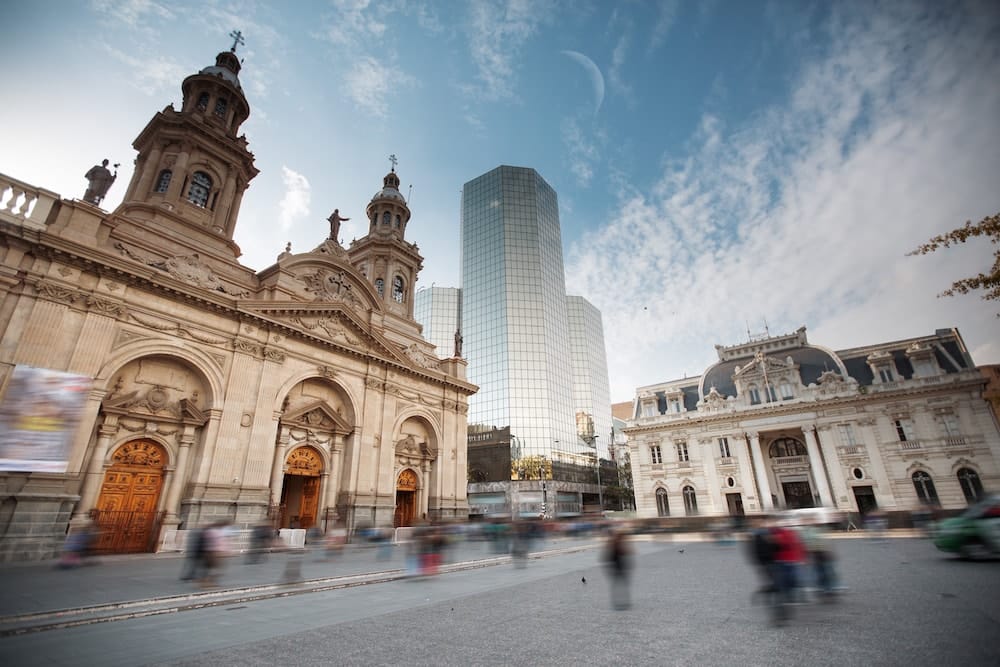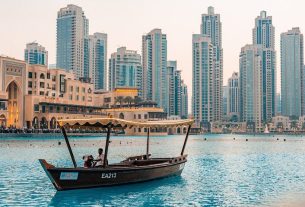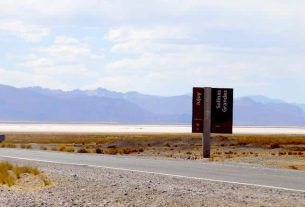As the good cosmopolitan capital that it is, Santiago has a lot to offer visitors when it comes to culture. There are several museums that tell the country’s history, educate on science and general knowledge, rescue the work of important artists and display works of art for the enjoyment of those passionate about the subject or laypeople. And, best of all, you can visit most of them for free. That’s right, several Chilean museums do not charge anything for access to their exhibitions.
Since 2016, the country’s government has approved a measure that transforms institutions belonging to the “Dirección de Bibliotecas, Archivos y Museos (DIBAM)” into free access spaces. Since then, public museums belonging to this body and which are distributed across different regions of the country have started to offer free admission to residents and tourists. Some museums that are not part of DIBAM have also adopted the measure to join the 0800 group of attractions. See now a selection of some of these free museums to visit in Santiago de Chile.
Read too: What to do in Santiago
Where to stay in Santiago: accommodation tips
How to visit Neruda’s famous houses in Chile
Important Tip: Don’t make the mistake of traveling to Chile without travel insurance. Understand the reason and find out how to get discounted insurance.
Museum of Memory and Human Rights
Matucana Street, 501 (Metro Quinta Normal)
If you only have time to visit one museum in Santiago, go to the Museum of Memory and Human Rights. Between the 1970s and 1990s, Chile experienced a military dictatorship commanded by General Augusto Pinochet. There were 17 years of torture, prisons, exiles and executions under a regime that is considered the bloodiest among those established in South America in the second half of the 20th century.
To recover this memory, the Museo de la Memoria y los Derechos Humanos was created in 2010. The collection brings together objects, documents, photographs, videos and multimedia files that together tell the story of that time, in an attempt to dignify the families of the victims and encourage reflection on the events.
But more than preventing human rights violations committed in Pinochet’s Chile from falling into oblivion, the museum goes beyond borders and seeks to give visibility to other cases of attacks on human rights around the world, especially in neighboring countries that faced similar situations. in years of military dictatorship, like Brazil.
Free entrance. Open from Tuesday to Sunday, from 10am to 6pm.
If you are interested in the topic, read our itinerary of tours and attractions that tell the story of the Chilean dictatorship in Santiago.
National Historical Museum
Plaza de Armas de Santiago 951 (Metro Plaza de Armas).
Located right on the Plaza de Armas, in the heart of Santiago, the National Historical Museum traces a narrative of Chilean history from pre-Columbian civilizations to 1973, when the military coup took place that put General Augusto Pinochet in power. In 15 rooms, full of archaeological objects, works of art, antiques, photographs and documents, the collection covers the people who inhabited the place before the arrival of the Inca Empire, the Spanish conquest, independence and the years of Salvador Allende. The rooms that correspond to the Inca period are a plate full of information and history for those who are curious about pre-Hispanic civilizations.
Free entrance. From Tuesday to Sunday, from 10am to 6pm.
Violeta Parra Museum
Vicuña Mackenna Street 37, Santiago
Violeta Parra is considered one of the greatest Chilean composers and singers for her work in rescuing traditional songs and melodies, sung by peasants in rural Chile, and awakening the interest of the Santiago elites and the world in this art. The Violeta Parra Museum intends to rescue the singer’s life and work and also her work as an artist. The exhibition brings together 23 works in oil and marché paper, embroidery made by Violeta, personal objects, interviews and photographs.
Free entrance. Open from Tuesday to Friday, from 9:30 am to 6 pm. Weekends, from 11am to 6pm.
Also read: Violeta Parra and the beautiful songs of a forgotten Chile
La Moneda Palace and Cultural Center
Avenida Libertador Bernardo O Higgins, Santiago
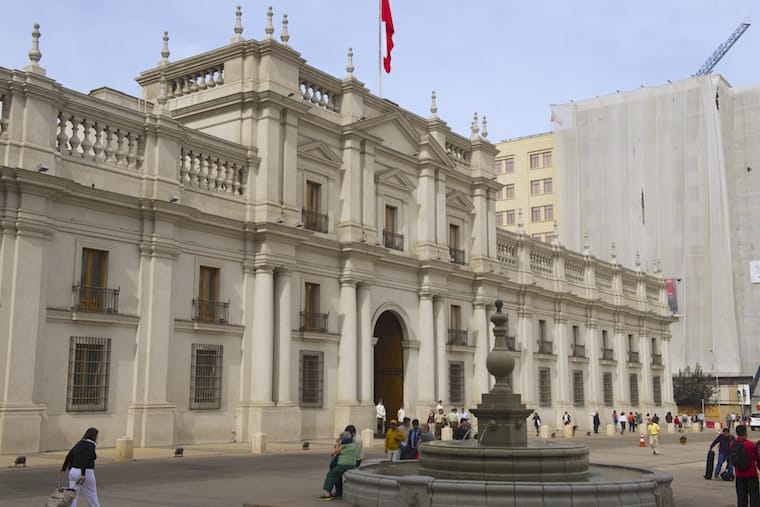
Today the seat of the Chilean government, the Palácio de la Moneda got its name because a coin factory once operated there. The building was the scene of the 1973 military coup that began the Pinochet dictatorship and the death of Salvador Allende, the socialist president who was deposed by the military. The Palace offers free guided tours of its facilities. There are four daily tours, which must be booked in advance on this website. There is also a cultural center that operates in the basement of the Palace and which always offers free exhibitions on different themes.
Free entrance.
National Museum of Natural History
The most visited museum in Chile, the National Museum of Natural History was closed for years due to damage caused by the 2010 earthquake, but was restored and reopened with much more modern and interactive exhibits. Now, visitors have the opportunity to follow live the taxidermy and paleontology work carried out by the museum’s researchers. There are 11 rooms and a library that bring together material on Zoology, Botany, Paleontology, Anthropology and Ethnography that, together, retell the history of humanity and nature.
Free entrance. From Tuesday to Sunday, from 10am to 5:30pm.
National Museum of Fine Arts
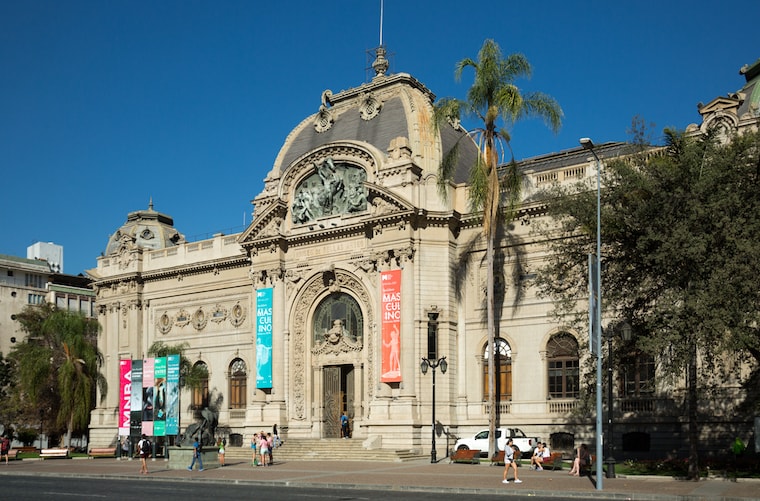
The National Museum of Fine Arts is located inside the Palace of Fine Arts, a building surrounded by the Forest Park that was built in neoclassical architecture for the centenary of the Chilean Republic in 1910. Inside, you will find great works by the main Chilean artists. There are more than 5,000 works of painting, sculpture, photography, installations, video art, design and architecture. There are also temporary exhibitions in the entrance hall. On Saturdays and Sundays, the museum management offers free guided tours, always at 10:30 am.
Free entrance. Open from Tuesday to Sunday, from 10am to 6:45pm.
Open-air museums
As a city that breathes culture, Santiago has also known how to transform some of its public spaces into open-air art galleries. This is the case of Parque de las Esculturas, in the Providência neighborhood, which, in addition to bringing together more than 20 works by Chilean artists, is also a great place to have a picnic by the river or a bike ride. Open every day, from 10am to 7:30pm.
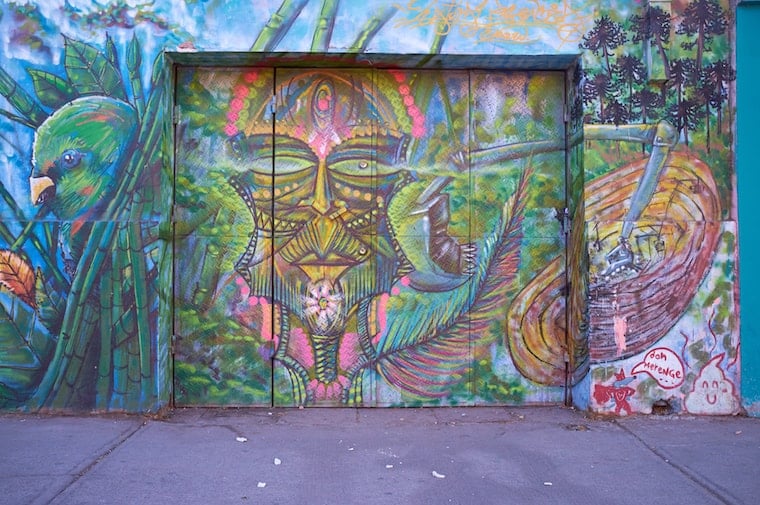
For those who like graffiti, the tip is to take a walk through Bellavista. The region has a bohemian reputation and, in addition to many bars and nightlife, it stands out for its colorful urban art murals spread across three blocks.
A similar phenomenon occurred on the streets of the Yungay neighborhood, which in addition to having been transformed into an open-air urban gallery, is also known for hosting various activities related to art, with cultural centers, cafes, museums and cool restaurants.
Sign up for our newsletter

Sign up for our newsletter and stay up to date with exclusive news
that can transform your routine!
Warning: Undefined array key "title" in /home/storelat/public_html/wp-content/plugins/link-whisper-premium/templates/frontend/related-posts.php on line 12
Warning: Undefined array key "title_tag" in /home/storelat/public_html/wp-content/plugins/link-whisper-premium/templates/frontend/related-posts.php on line 13

